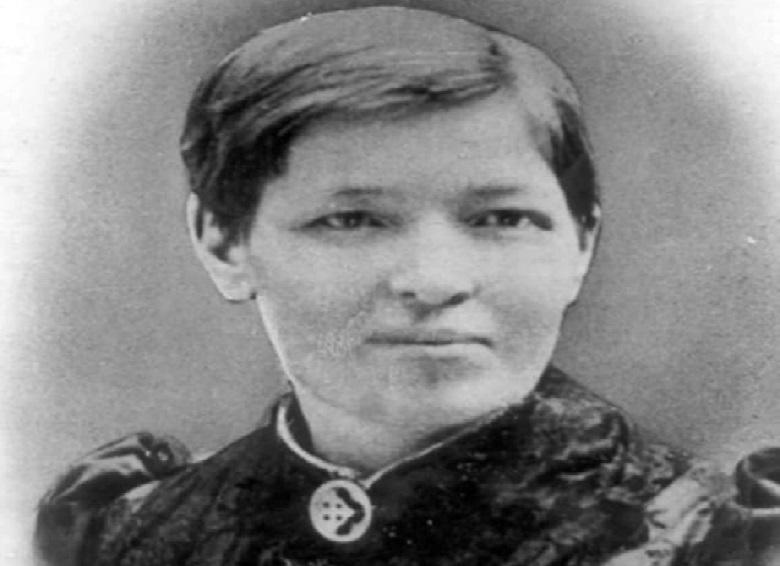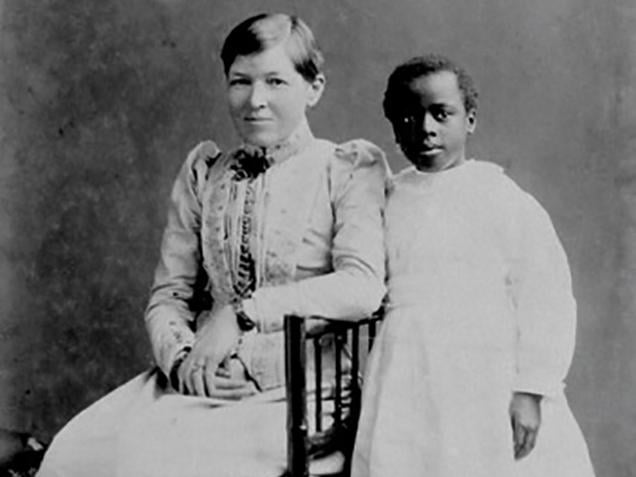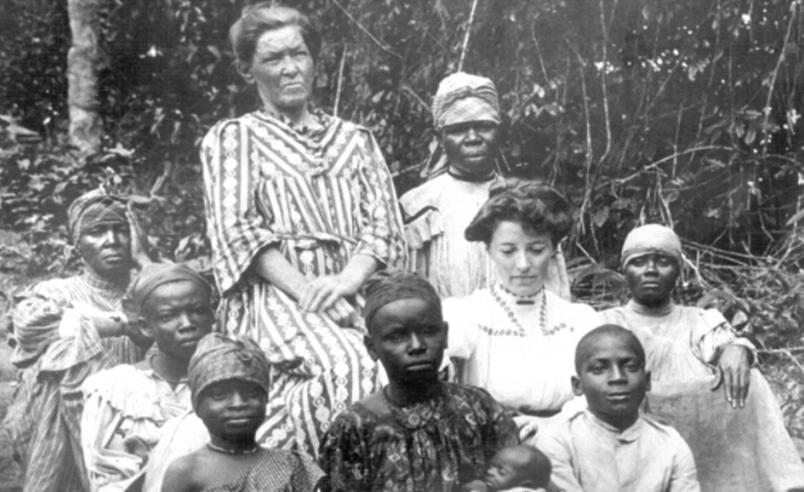Interesting facts about Mary Slessor and the killing of twins

Killing newborn twins was a common practice in the 19th century among the Ibibio of Nigeria, but a Scottish woman, Mary Slessor, made great efforts to stop it.
Born in Aberdeen, Mary Slessor was one of the few missionaries in Africa to learn the local language, adapt to the indigenous customs and environment, and gain the local people’s trust to have a genuinely positive impact.
Her father, a shoemaker from Buchanan, became disabled by alcoholism, and Mary became the breadwinner of the family. Since the age of 11, she has been working as a half-timer girl at Baxter Brothers & Co Ltd, spending half a day at the school and the other half working for the company.
At the age of 14, Mary Slessor had become a skilled jute mistress, but she had big plans for the future.
Inspired by her mother’s stories about missionary work, Mary volunteered to teach in the new Dundee mission. When David Livingstone died in 1873, which led to a nationwide call for more missionaries, Mary decided to follow in his footsteps.
On 5 August 1876, she sailed on the Ethiopian ship and arrived in West Africa just over a month later, at the age of 28. Her first appointment was in Calabar in southern Nigeria, where her duties included teaching children and working in an outpatient clinic.
Along with learning the indigenous language, Efik, she adapted to eating local food to save money and spend most of her salary at home to support her sister and mother.

Although her broad Dundon accent was difficult to hide, Mary tried to blend in with the crowd by short-cutting her bright red hair and taking off her Victorian clothes.
She became known for her interest in women and children’s rights and welfare, who were often at risk in Calabar.
When twins were born, it was thought that one of them was a child of the devil, and since it was not known who, they were both left to die in the bushes, and the mother will be expelled from the community – often it was in itself a death sentence.
Soon Mary took care of saving and protecting these vulnerable women and children and prioritized changing the twins’ cultural understanding. Although the missionary society did not approve of the adoption of abandoned children, Mary was among the few that ignored the rules.
She sent missionaries of twins to find and take care of abandoned twins in the mission house and adopted every child she found. One day she took a girl named Janey and eventually took her to Scotland.

Mary saved hundreds of twins in her life. She also helped cure the sick people and put an end to the practice of forcing suspects to drink poison to determine if they were guilty. As a missionary, Mary Slessor traveled to other tribes, spreading the Word of Jesus Christ.
In 1888, she traveled to the north of Okoyong and lived a simple life there for 15 years among the people of Okoyong and Efik and became known as the “White Queen of Okoyong”.

She continued to focus on settling disputes, promoting trade, establishing social change, introducing Western education and evangelization.
In 1892, she became Vice-Consul at Okoyong, presiding over the Native Court, and in 1905 she was appointed Vice-President of the Native Court of Hiccup-Obonga before being awarded the Order of St John of Jerusalem in 1913.
As she always put the needs of others above her own, Mary Slessor often had health problems and struggled with attacks of malaria and other tropical diseases.
Sometimes they became so severe that she had to go home to Dundee to recover, but she always went back to her mission.
Mary Slessor died in 1915 at the age of 66 in Calabar. She was buried in Duke Town in Nigeria with a large granite cross from Scotland across her grave.

More than 100 years after her death, Maria’s legacy continues to live in Africa and her home. Several monuments testify to the value attached to her work, with the road, roundabout, church, and various statues that perpetuate her memory in Calabar.
In Scotland, Mary’s bust was erected in the Hall of Heroes of the Wallace National Monument in Stirling, and a memorial was unveiled in Dundee in 2015 to mark the 100th anniversary of her death.
Mary also appeared in 1997 on Clydesdale Bank’s £10 note, earning her a place in history as the first woman to be immortalized on a Scottish banknote – a fitting honor for such a wonderful person.
In 2002, the Mary Slessor Foundation was established to continue Mary’s social, economic, and medical activities. The foundation has established a clinic, a center of excellence, and an agricultural processing unit and is training young Nigerians in practical skills to help them thrive.




